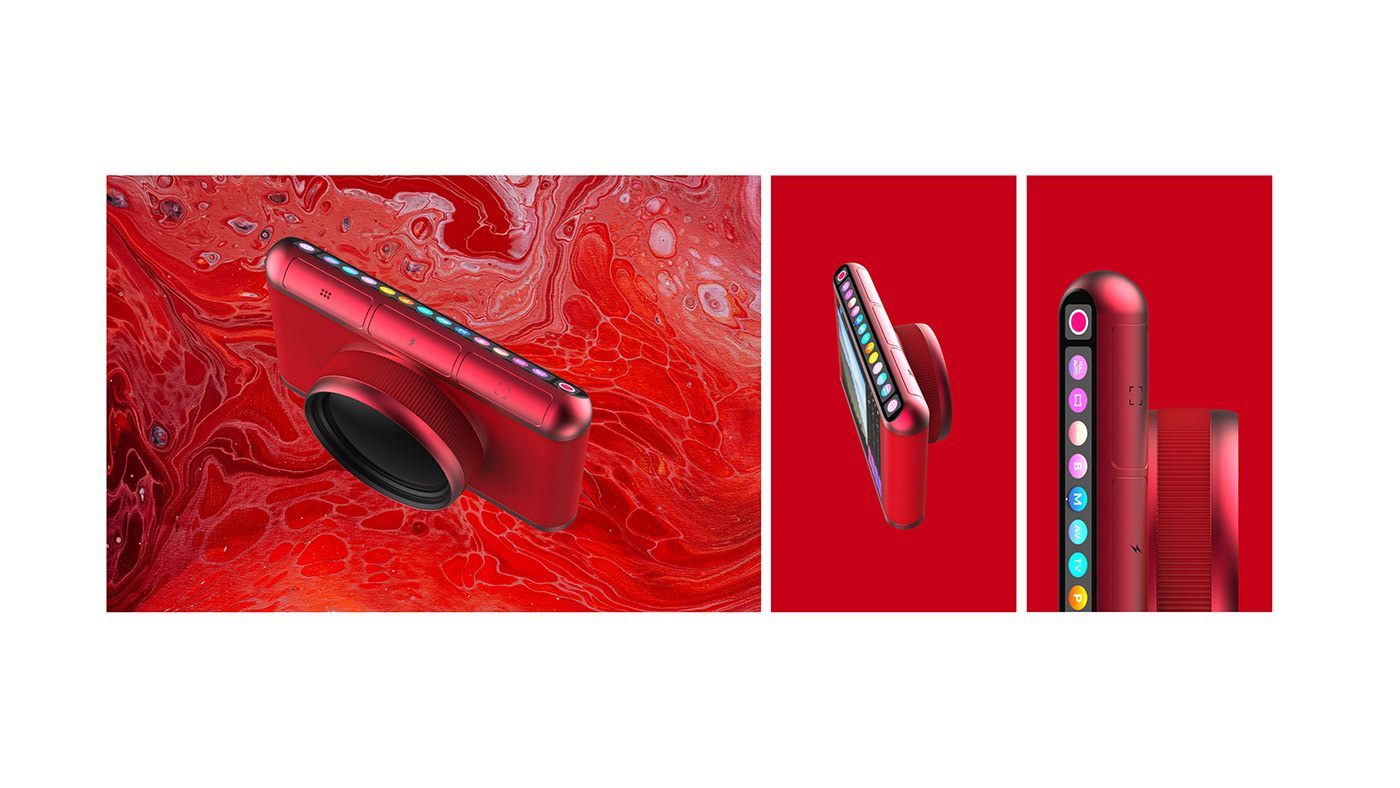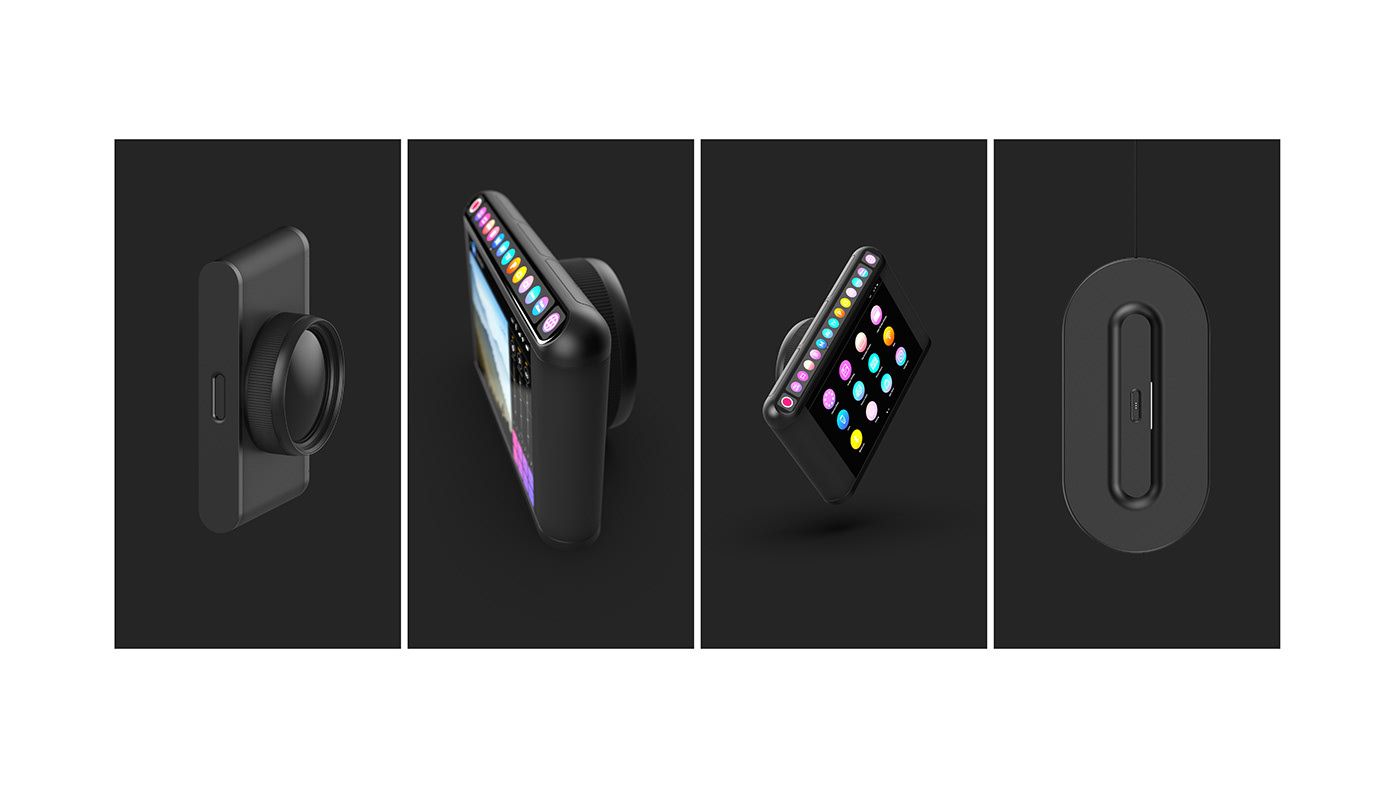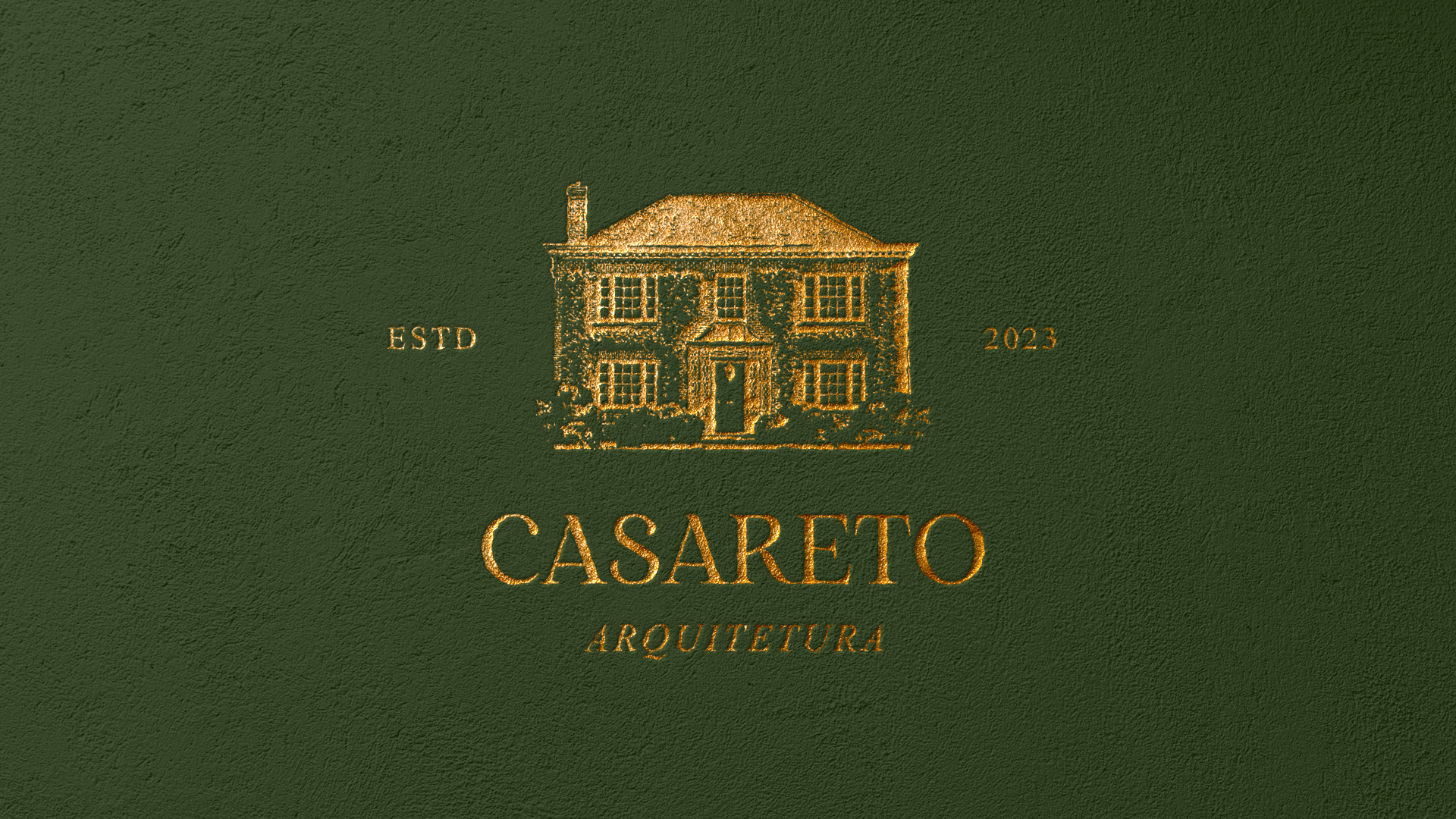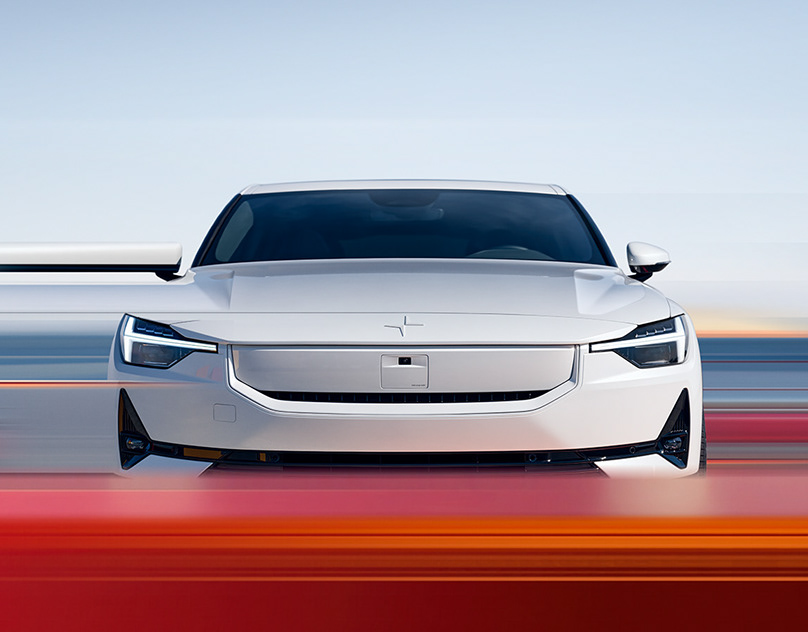
Life deserves to be easier and so is taking photos and sharing them. Smartphones are taking a big hit in the camera industry. But the size of the camera sensor and lens is limiting the camera to challenge smartphones. QUEUE is a device that takes the challenge from this gray area.

Cameras are very mechanical. They have a lot of physical dials and buttons. It is very overwelling, and each button usually does only one thing. Cameras are also designed to behold and use by the right hand. Bad interface design also is an issue. I believe good design always adapts to the user.
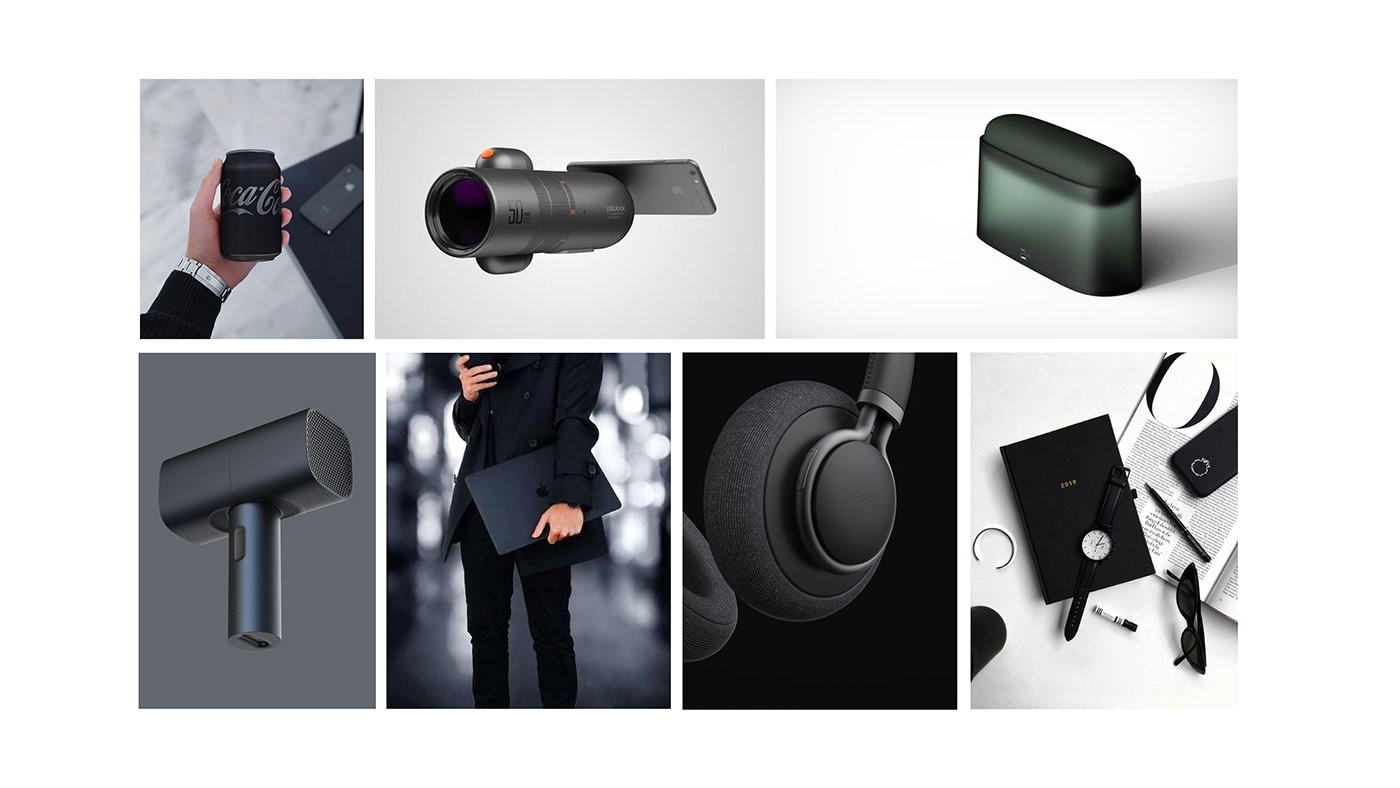
I am aiming for a product that can blend in a fast paste lifestyle but also easy enough for me to enjoy the experience of interacting with it. It is low key, quiet and when it is released from its case, it will shine and attract all the attention by its sharpness and colorful display.
I started sketching the most simple shape, and imagine how people would interact with it. Then I started designing the interface and trying to solve the problem of how the user can access the camera uses only their thumb. And how the battery should be charged and so on.
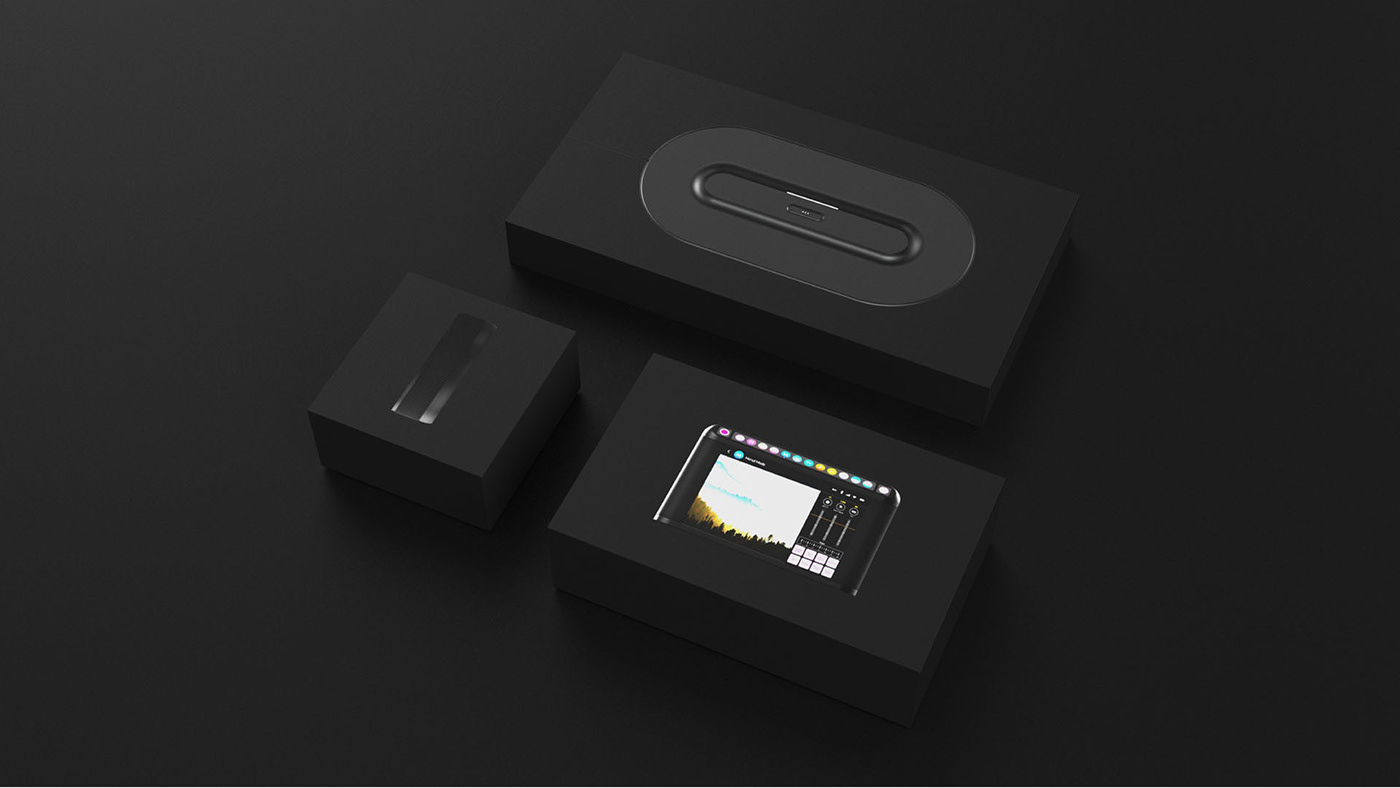
QUEUE comes with separate packages, the camera body, lens, and an additional power charger.

QUEUE is a smart-camera. It has a built-in full frame senor and also installed the latest mobile operating system. It comes with two LED screens that display the most important data and settings. The human factor of QUEUE allows users to easily access the camera with their thumb only. With its powerful chip and mobile OS system, QUEUE is powerful enough for image and video editing and sharing.

To design for the user I first thought about the interaction between the user with the camera (aka the screen). To understand the users I studied the sizes of existing cameras and smartphones. I find out how different shapes and sizes change the holding position and the feelings of the products.
In the end, I picked inspiration from Iphone8, Apple watch, and Leica Q. I relocated the sensor to be in the center of the camera, this allows the users to hold the camera with either hand.
In the end, I picked inspiration from Iphone8, Apple watch, and Leica Q. I relocated the sensor to be in the center of the camera, this allows the users to hold the camera with either hand.
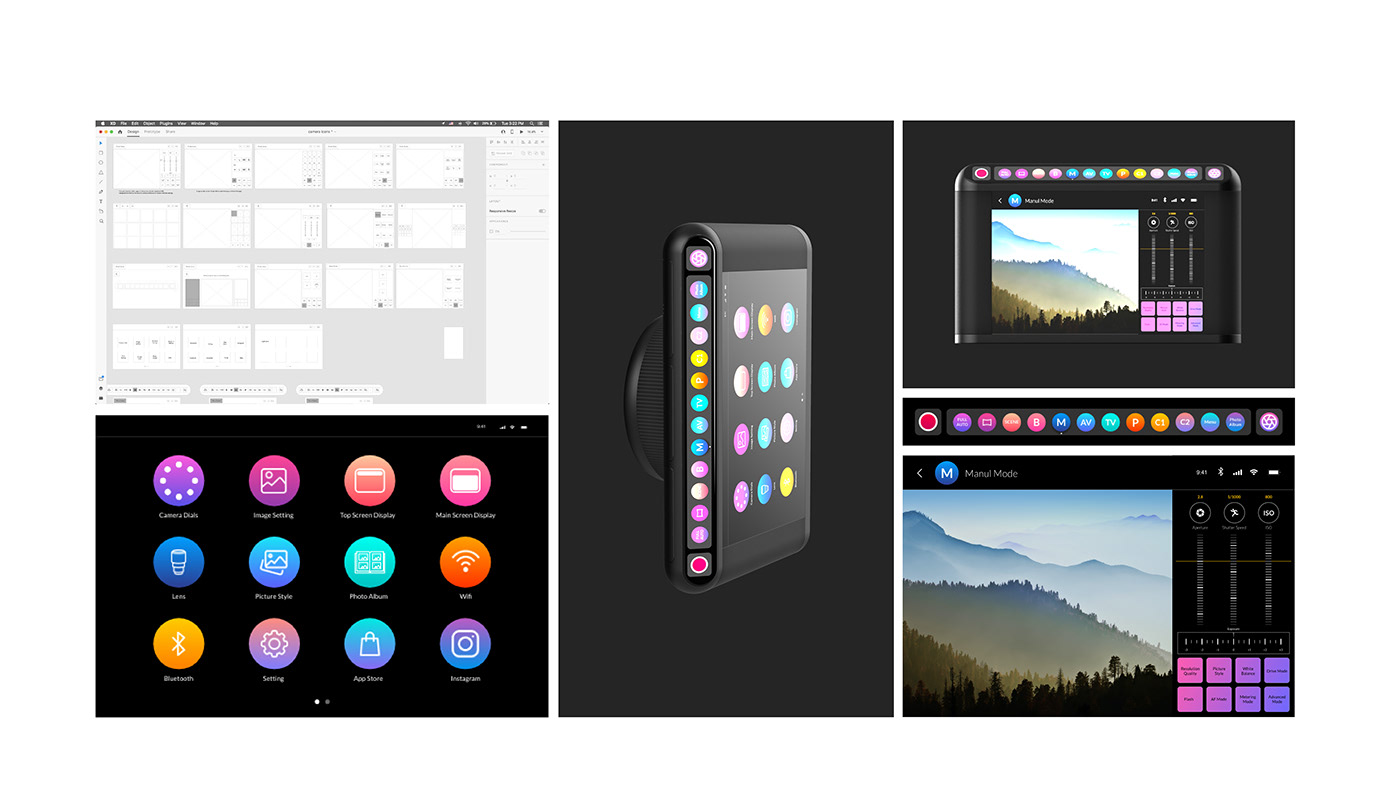
I used UX design practice to design this camera interface. I created and tested the wireframe by using adobe XD.
The UI design is heavily influenced by Apple’s IOS and Watch OS system. Especially the rolling dial for the camera settings from the right-hand side.
The UI design is heavily influenced by Apple’s IOS and Watch OS system. Especially the rolling dial for the camera settings from the right-hand side.

First, we have to take about the top screen on the camera. It replaced the traditional physical dials and buttons. It is smarter and also information will change based on the camera modes. It also functions like quick access for some frequently used apps.
In video mode, the top screen uses as a screen for settings and information. It can free the space for the second screen, and help users change presets
easier.
easier.

One of the cool features of this camera is the mirror function. In this function, users can mirror the interface layout if they change their dominant hand. Therefore, users can hold the camera the way they feel most comfortable.
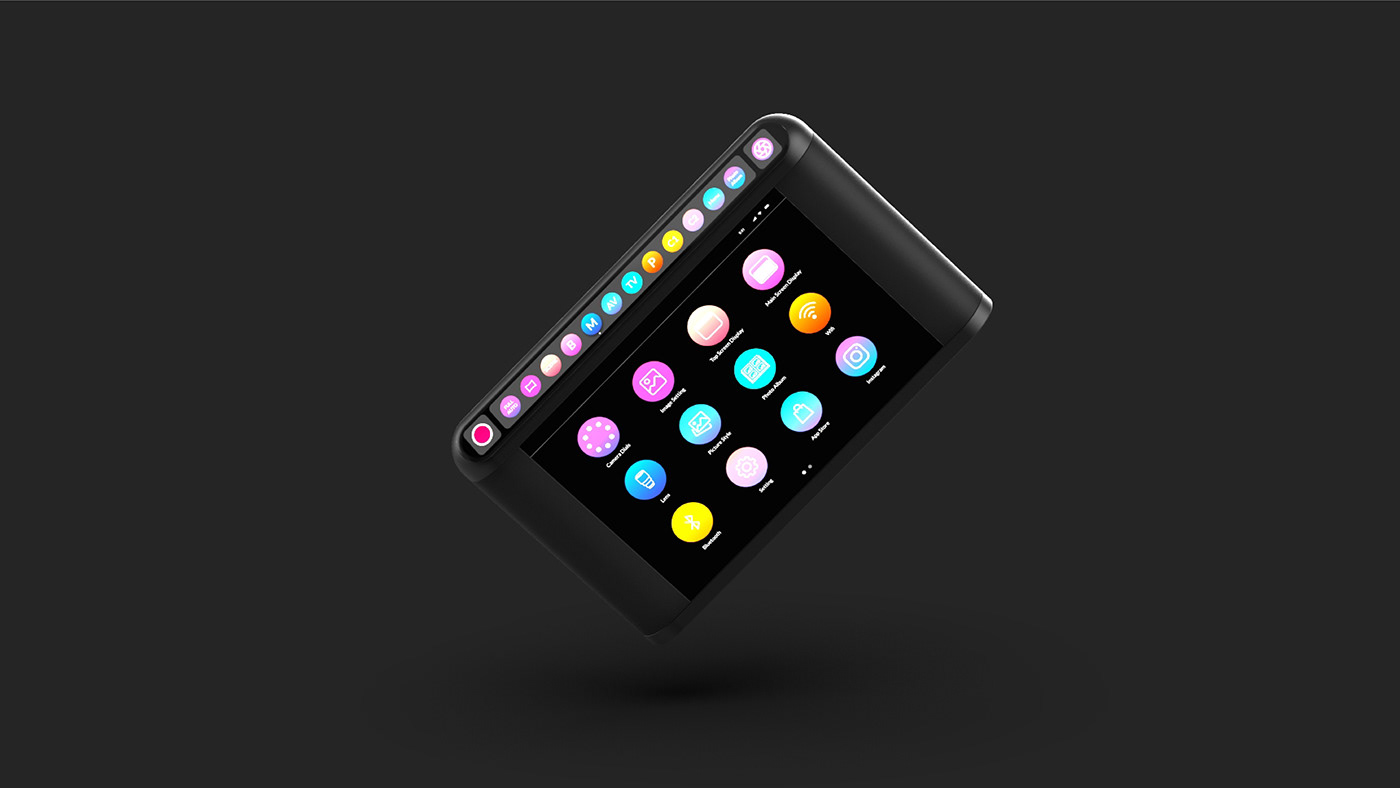
The main screen is the heart of this device. It has all the functions a professional photographer or videographer needs. From taking photos, recording videos to edit the files and share them on social media, QUEUE is a memory recording powerhouse. The Mobile OS system also changed how we use a camera. In the camera, we can now use App Store and we can have Apps like Instagram and Lightroom. Lens has an app. Wifi is also included.
This is a gif of showing how to change the settings before taking a picture.
How to share a picture on Instagram…

An efficient machine like this also needs an efficient charger. When the professionals editing their files, the cameras are often next to the computer on the desk.
To release the stress of having a messy desk and also help their workflow. I designed this charger that can transfer files faster than ever, and it also uses a magnet as a connecting mechanism. The camera can attach and remove smoothly.
To release the stress of having a messy desk and also help their workflow. I designed this charger that can transfer files faster than ever, and it also uses a magnet as a connecting mechanism. The camera can attach and remove smoothly.


